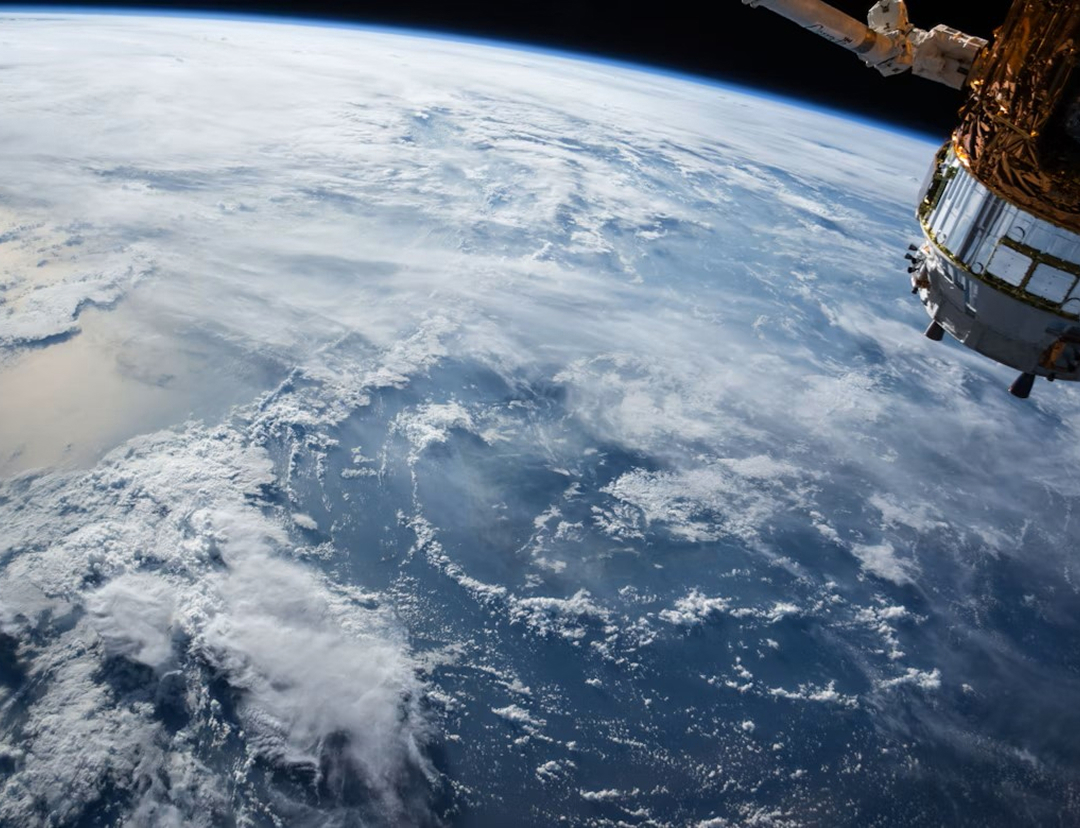The Perseid Meteor Shower is set to peak overnight, offering a chance to see bright meteors streaking across the sky. This annual event occurs as Earth passes through debris left by Comet Swift-Tuttle. The best viewing times are expected from midnight to dawn on August 13, with the highest activity typically between 2 a.m. and 3 a.m. local time.
This year, the viewing conditions may be challenging due to a bright moon. The moon will be 84 percent full, which could wash out many of the fainter meteors. Observers can expect to see about 20 meteors per hour, a significant decrease from the usual 60 or more under darker skies. However, those who are patient may still catch some bright meteors and occasional fireballs.
Experts recommend finding a dark location away from city lights for the best experience. Viewers should face northeast and allow their eyes about 20 minutes to adjust to the darkness. Binoculars are not necessary, as meteors are best viewed with the naked eye. A lounge chair can enhance comfort during the viewing.
In ideal conditions without moonlight, the Perseids can produce over 75 meteors per hour, making it a favorite among stargazers. This year, there is an added bonus: Venus and Jupiter will be in close conjunction, providing a unique opportunity to observe both planets alongside the meteor shower.
If clouds obstruct the view, there is no need to worry. The planets will remain visible in the sky for several days, and the Perseid shower will continue at lower rates until about August 24. For the best chance to see meteors, it is advisable to watch after midnight when the radiant point of the shower rises higher in the sky and the moon begins to set.

 America News
America News

 KSEE24 News
KSEE24 News WRTV Indianapolis
WRTV Indianapolis Daily Voice
Daily Voice The Baltimore Sun
The Baltimore Sun CBS News
CBS News Cover Media
Cover Media AlterNet
AlterNet Android Authority
Android Authority Fortune
Fortune ESPN Soccer
ESPN Soccer